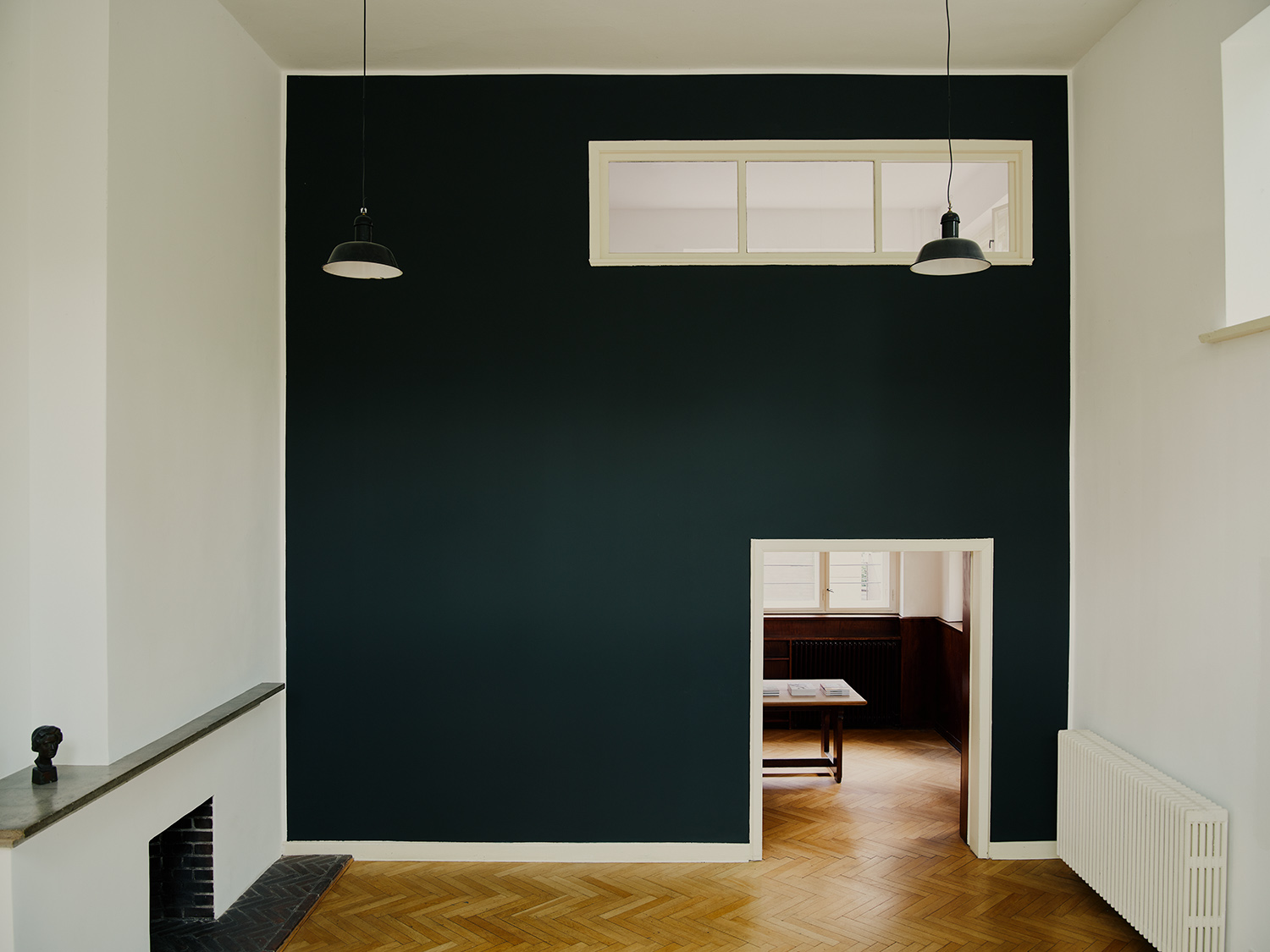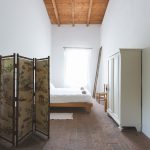In a city known for its burgeoning art scene, the Georg Kolbe Museum flies surprisingly under the radar. When I was first told of it, it was in a reverential manner, almost hush-hush. It was, said the friend that had unexpectedly turned me into his confidant, one of the city’s best-kept secrets.
After a quick research, nothing seemed to indicate that the museum prided itself on being terribly exclusive: it had regular opening hours, state-of-the-art branding, and a steady rotation of contemporary art exhibitions. What, then, made it such a hot tip? Determined to find out what the buzz was all about, I kicked off my journey west.
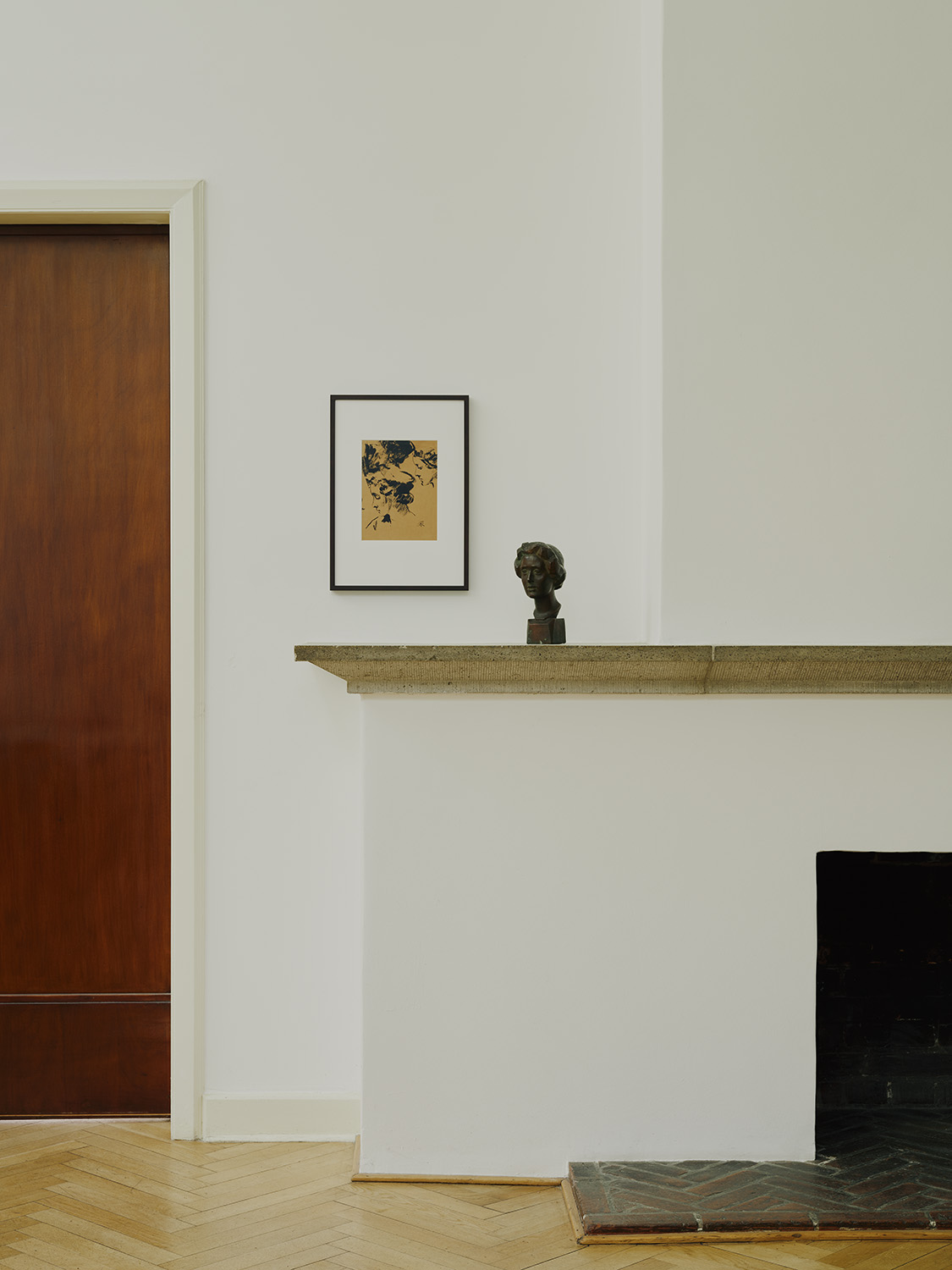
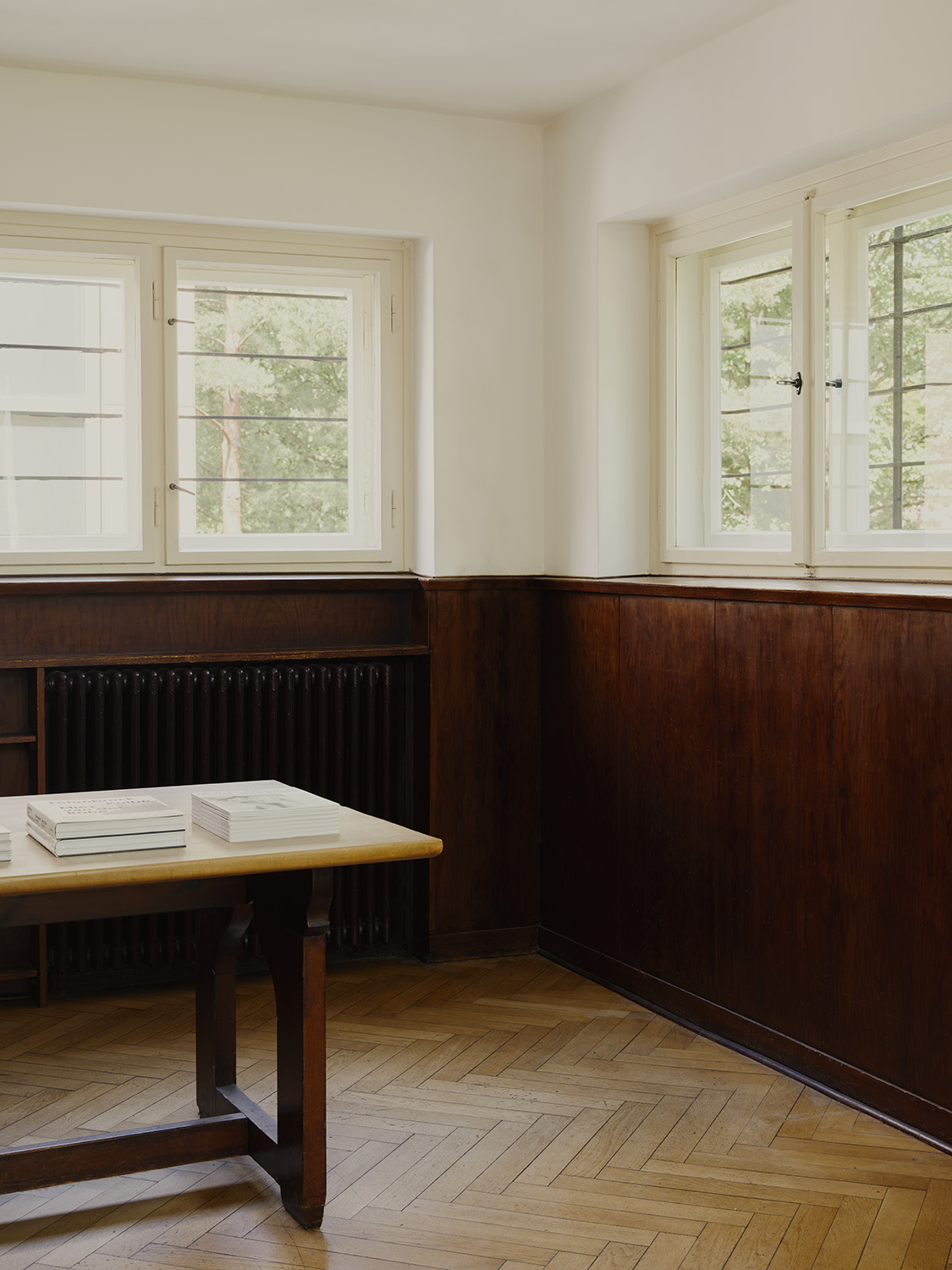
Here was the first indicator that something was out of the ordinary: the museum is located near the western confines of the city, in a residential area devoid of hotspots or tourist traps. That’s because the Georg Kolbe Museum is, in fact, a house. Its singularity started to make itself evident: this was not a mere cultural outing, but an expedition to the place where one of Germany’s most important sculptors worked and lived––and the only artist studio from the 1920s open to the public in the German capital.
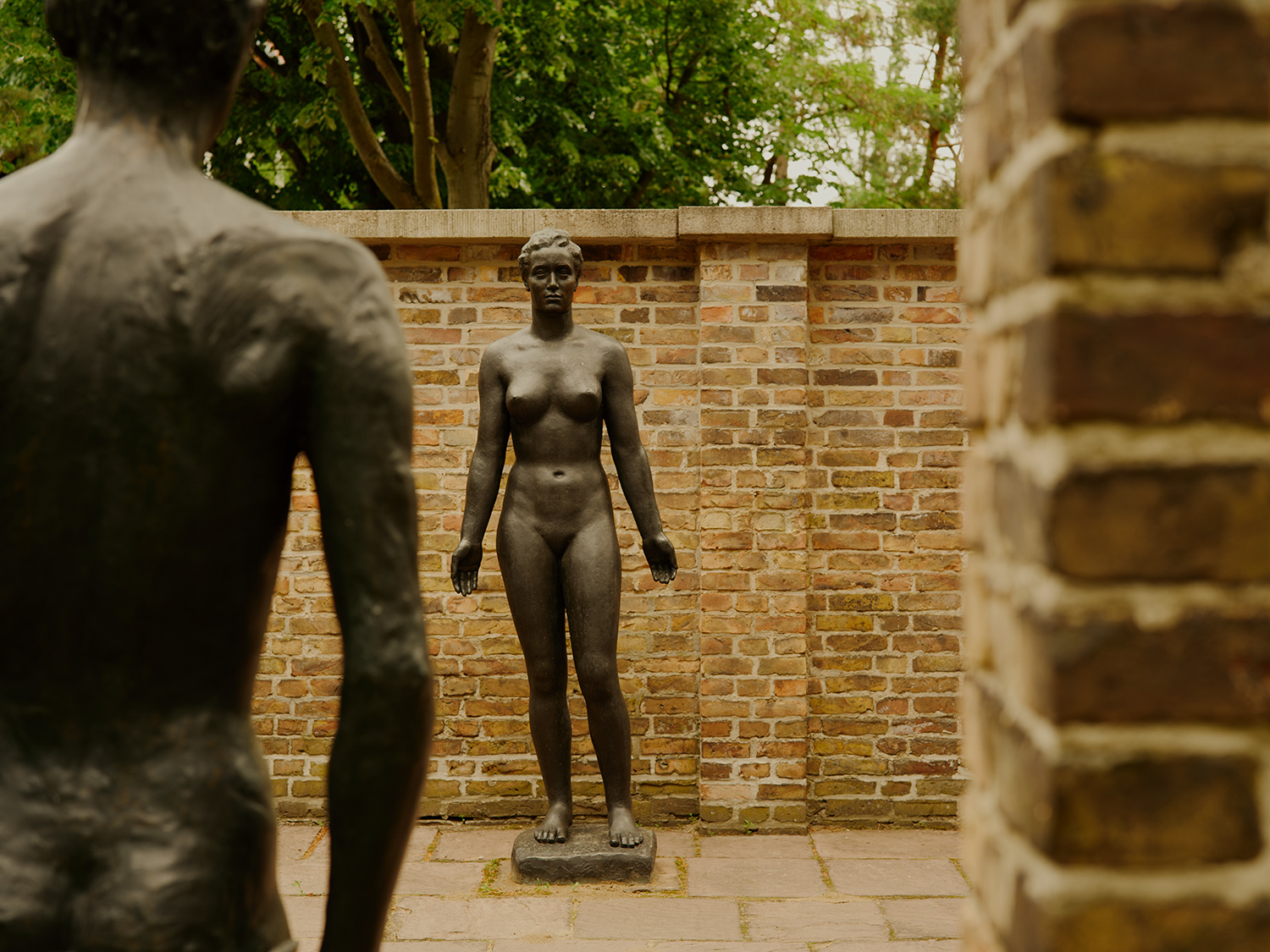
“This wall here connects the two buildings, so it looks like a closed organism from the outside. And the garden is inside, hidden. So it’s like an oasis––or a cloister,” Julia Wallner, the museum’s director, tells me. We’re sitting on a bench in the garden, among sculptures and pine trees. She has described the place to perfection: when you walk down the street, all you can see are brown brick walls that hint at one house. After entering through a very tiny door, the actual space opens: two buildings face each other–the one to the left, Kolbe’s daughter’s house, is now a pleasant cafe–a garden in between. And not just any garden, but the trees and path that were on the land before construction began. Kolbe was adamant that the natural course of the Grunewald forest was to be respected. Just as his sculptural work celebrated naturalism, the importance of the organic prevails in the way he wanted to live.
